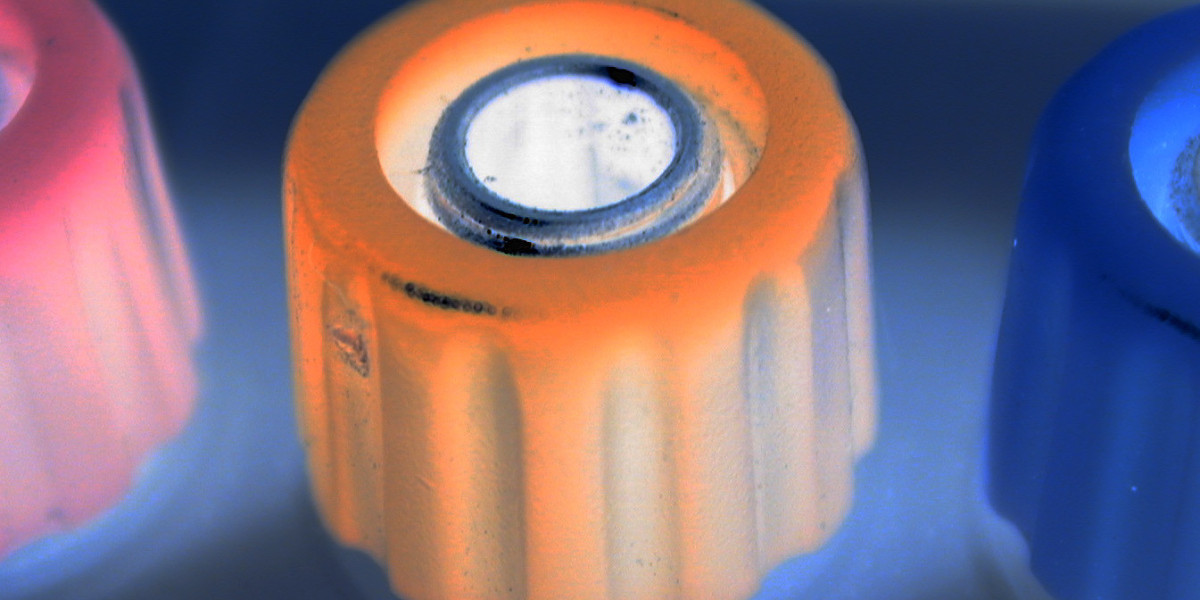Sheet metal marking systems are integral to the metal embossing process, enabling precise identification and tracking of metal components throughout production. These systems enhance efficiency and accuracy, ensuring that products meet quality standards. As industries increasingly adopt automation and smart manufacturing practices, the demand for advanced marking systems is expected to grow. The integration of marking systems with embossing machines enhances overall productivity, making them a vital component of modern metal processing operations.
The Metal Embossing Machine Market is witnessing remarkable growth globally, fueled by the increasing demand for aesthetic and functional metal surfaces across industries such as automotive, construction, packaging, and electronics. Metal embossing is the process of creating raised or recessed designs on sheet metals to enhance their appearance, strength, and functionality. The market’s expansion is largely attributed to industrial automation, product customization trends, and the rise in metal fabrication activities. As industries seek to improve both product design and efficiency, the adoption of advanced embossing technology is gaining traction worldwide.
Market Overview and Growth Factors
Metal embossing machines are essential for producing decorative and functional patterns on various metals, including steel, aluminum, brass, and copper. The demand for embossed metals has surged in architectural design, interior décor, automotive panels, and packaging materials. Market growth is being driven by factors such as rapid urbanization, technological advancements, and the expansion of the automotive and construction sectors. Manufacturers are focusing on delivering high-speed, precision-controlled machines capable of handling a wide range of materials and designs. Moreover, the shift toward sustainable and energy-efficient production is influencing machine innovation and operational efficiency.
Technological Developments
Modern metal embossing machines incorporate CNC systems, servo motors, and digital controls that provide superior accuracy and repeatability. Advanced hydraulic and mechanical embossing systems allow for faster production cycles with minimal material waste. The integration of automation and robotics in production lines has significantly improved consistency and reduced human error. Additionally, the use of AI-based systems for pattern design and process optimization has started transforming traditional manufacturing methods. These innovations ensure that the market continues to evolve in alignment with Industry 4.0 standards.
Regional Insights
Asia-Pacific leads the Metal Embossing Machine Market due to its strong manufacturing base, rapid industrialization, and growing investments in infrastructure and automotive production. China and India are major contributors, with numerous local and international manufacturers expanding their operations in these countries. North America and Europe also hold significant market shares, driven by the demand for customized metal finishes in automotive and architectural applications. Meanwhile, regions in Latin America and the Middle East are emerging as potential markets, supported by growing industrialization and construction activities.
Key Market Applications
The applications of metal embossing machines are diverse, ranging from automotive body parts and packaging foils to decorative metal sheets and industrial nameplates. In the automotive sector, embossed panels enhance vehicle aesthetics and improve structural rigidity. In construction, embossed metal sheets are used for cladding, ceilings, and roofing to provide strength and an appealing look. The packaging industry utilizes embossed foils for branding and product differentiation. Furthermore, electronics and appliance manufacturers use embossing techniques for product labeling and surface finishing, showcasing the technology’s broad industrial relevance.
Challenges and Opportunities
Despite its potential, the Metal Embossing Machine Market faces challenges such as high installation costs and maintenance expenses. The need for skilled operators and complex machine calibration can also limit adoption among small-scale manufacturers. However, the growing availability of user-friendly, automated systems is helping mitigate these challenges. Moreover, the shift toward customization and the increasing use of recycled metals present lucrative opportunities for manufacturers to develop innovative, cost-effective solutions.
Future Outlook
The future of the Metal Embossing Machine Market is poised for significant innovation as demand for precision, automation, and sustainability continues to rise. Manufacturers are expected to develop machines that offer flexibility in design, digital control integration, and eco-friendly operations. The incorporation of smart sensors and predictive maintenance tools will enhance efficiency and reduce downtime. As industries focus on quality and design excellence, metal embossing will become an even more integral part of modern manufacturing processes.
Conclusion
In conclusion, the Metal Embossing Machine Market is undergoing rapid transformation, driven by technological advancements and increasing industrial demand. The market’s growth is expected to remain strong as industries seek high-quality embossed metals for both functional and decorative purposes. With continuous innovation and growing adoption of automation, the future looks bright for manufacturers and users alike.
FAQ
Q1: What is the purpose of a metal embossing machine?
A1: It creates raised or recessed designs on metal sheets for decorative or functional purposes.
Q2: Which industries primarily use embossed metals?
A2: Automotive, construction, packaging, and electronics industries are the key users.
Q3: What technologies are transforming the market?
A3: CNC systems, automation, and AI-based design tools are revolutionizing embossing processes.
More Related Reports:
India Manufacturing Sector Market Trends
United States Waste Management Market Trends








